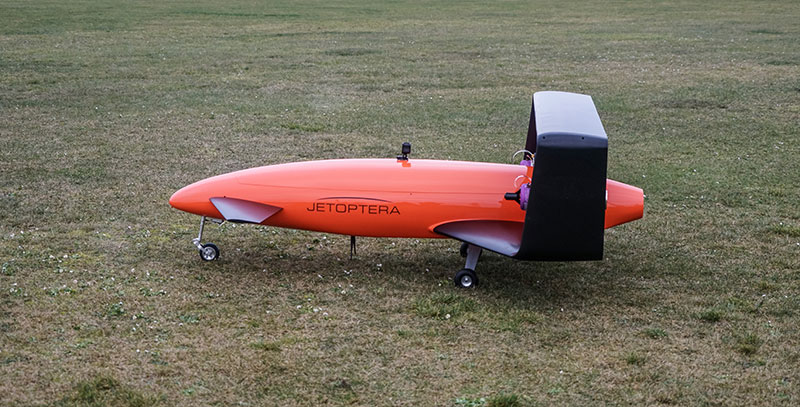NASA Changes the Aviation Industry with Innovation New Materials for Aircraft

NASA is known for its focus on investment in cutting-edge technologies ranging from basic materials to full-scale experimental aircraft, aiming to raise efficiency and reliability while reducing weight and cost.
Engineers at NASA are recently developing and deploying innovative new materials that can help to produce better parts for aircraft engines and related systems. Silicon Carbide (SiC) Fiber, or Reinforced SiC Ceramic Matrix Composites (SiC/SiC CMCs), is one of these unique materials.
With its lightweight and reusable fiber character, it is an ideal option for high-performance machinery requiring operation for extended periods of time under punishing conditions, such as aircraft engines, SiC fibers can bear up to 2,700 degrees Fahrenheit and are strong enough in months or even years, between maintenance cycles.
Currently, NASA’s Glenn Research Center in Cleveland, also known for its materials research and development capabilities, is working to employ this SiC fiber material into the commercial aviation market.
Researchers at Glenn designed an advanced process for reinforcing the SiC fibers, aiming not only to improve performance but also to make the fibers tougher. Not only that, this technology also gives engineers expanded design flexibility as the fibers can be shaped for specific applications.
These developments also can be applied to single fibers, and multi-fibers, and perform molds without any loss in durability.
According to Amy Hiltabidel, technology licensing manager at Glenn, these enhancements create unique market opportunities, especially for robust, lightweight structures that can be manufactured using SiC/SiC CMCs.
In addition, Glenn’s materials research is pushing boundaries as new materials can withstand intense environments like what is found in advanced gas turbine engines while decreasing the weight of these materials.
NASA researchers employed conventional manufacturing techniques when designing new materials such as SiC/SiC CMCs making transition to industry easier as they saw their utility in industry.
In addition to being used in aeronautics, application of this SiC fiber technology can also be employed in land-based gas turbine engines, furnaces and heat exchangers, thermal/fire protection systems, rocket nozzles, and nuclear reactors.
NASA opened SiC fibers up for licensing through its Technology Transfer program, offering the U.S. industry a wide network of experts, testing facilities, and other partners, which come from companies licensed with NASA.

 Tech Steel & Materials
Tech Steel & Materials
Comments are closed